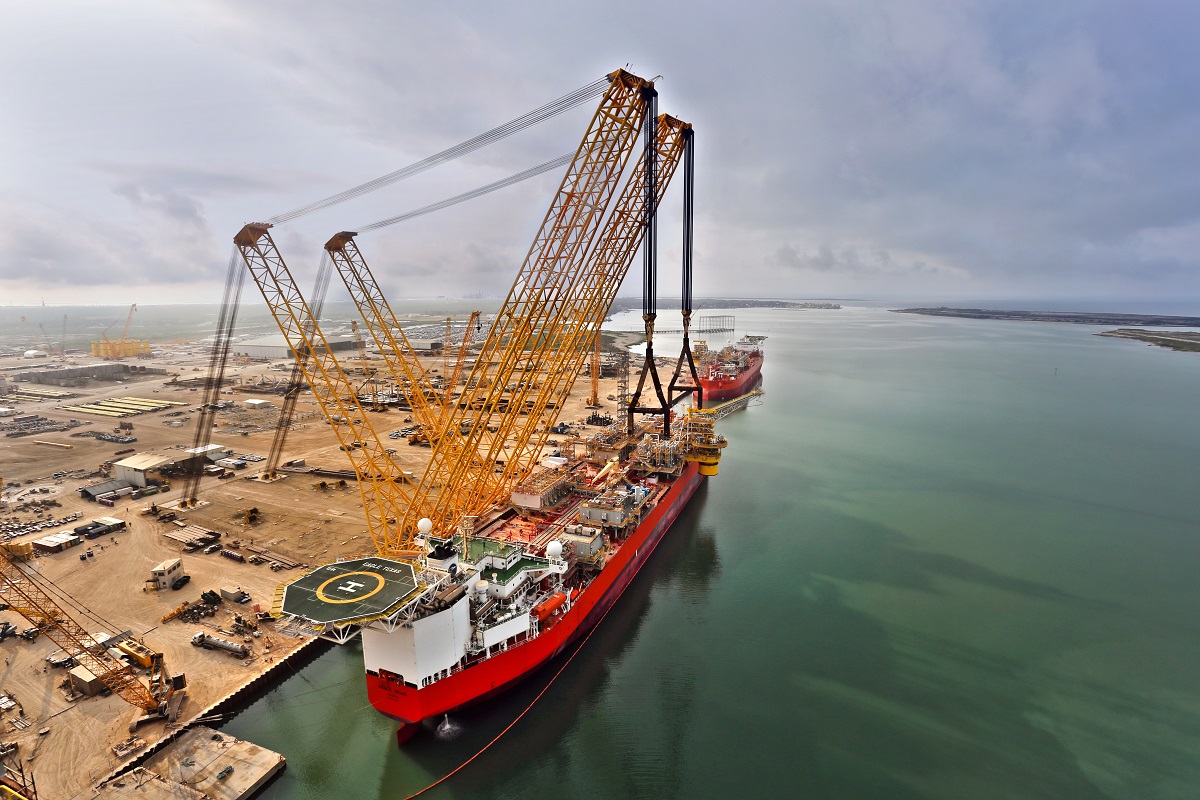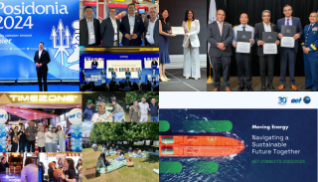Following the Deepwater Horizon incident in 2010, the Marine Well Containment Company (MWCC), a consortium of the world’s leading oil companies was created to mitigate risks relating to drilling and extraction activities in the US Gulf. The main objectives of MWCC is to provide tangible controls and a reliable pollution response capability, available for immediate deployment, should anything similar ever happen again.
Developing a robust response system following Deepwater Horizon required unprecedented levels of industry collaboration; this being a very unique solution and the first of its kind in the world. It also required the development of innovative technology, designed to ensure that any subsea well incident can be controlled quickly and effectively. Taking important lessons into consideration, and working in cooperation with experts across the industry, the Marine Well Containment System was conceptualised in 2011.
Critical to this rapid response system are two modular capture vessels (MCVs), developed, owned and operated by AET under a 20-year contract to the MWCC. AET’s MCV’s, Eagle Texas and Eagle Louisiana, are designed to provide an immediate response to any damaged subsea well in a cap and flow scenario, by capturing, processing, storing and offloading liquids from the well site.
Built by Tsuneishi in Japan and converted by Drydocks World in Dubai, these vessels are operational in the U.S Gulf, manned by highly trained crew, and poised to respond at any moment. The vessel conversion scope to make these two Aframaxes capable of being deployed as MCVs included the installation of four power generators, four retractable type azimuth thrusters, one tunnel thruster, a full dynamic positioning system, pipe racks, structural supports for process modules and a flare tower turret, alongside other equipment.
Each vessel, once assembled as Floating offshore installation (FOI) combines Floating Production Storage and Offloading (FPSO) and dynamic positioning (DP) technology in a single hull, and can store and offload up to 100 KBPD (Kilo barrels per day) of water and oil; flare up to 200 MSCFPD (million standard cubic feet per day) of natural gas, and is fully equipped with offloading and mooring modules. The MCVs are capable of working in depths up to 10,000 feet. Additionally, Eagle Texas and Eagle Louisiana are each able to store up to 700,000 barrels of liquid, which can be brought onshore for further processing via shuttle tankers.
These flexible features are essential to being able to respond to the myriad of potential subsea well conditions, well connection scenarios and weather conditions that could – potentially – occur. As an industry, we have learnt some difficult lessons from Deepwater Horizon, but we must never become complacent. MWCC, and our MCVs are proof that collaboration, cooperation and goodwill can take us a long way towards providing ‘consistently better’ solutions for the energy industry.




